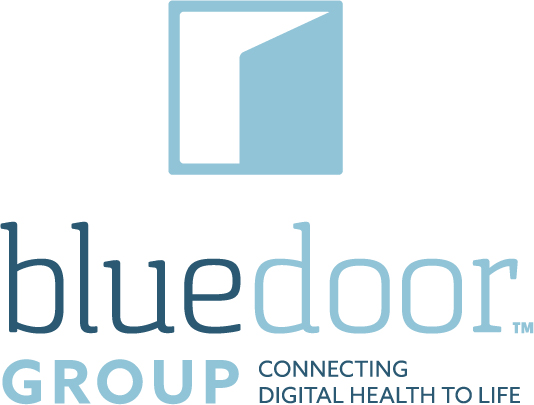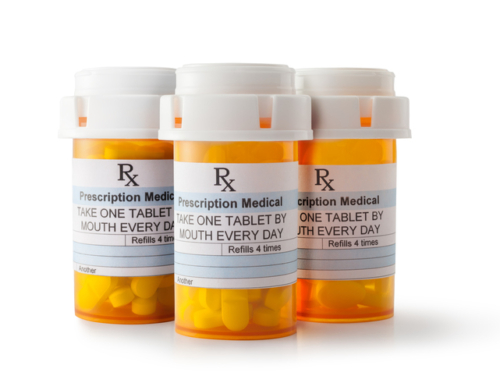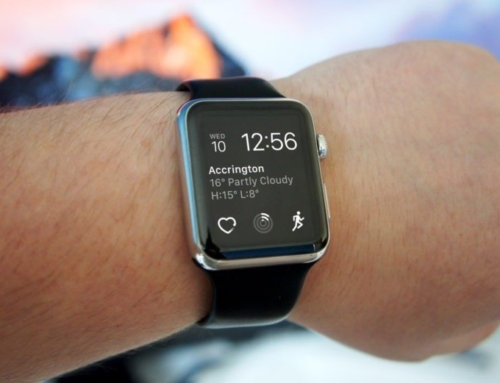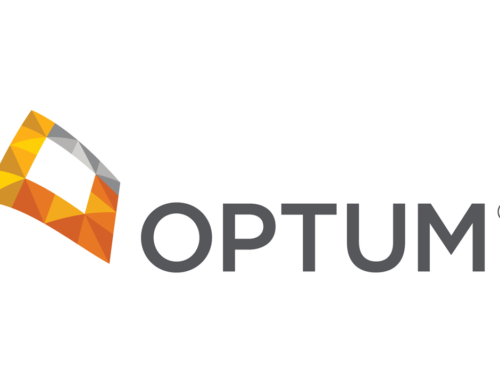By Mike Miliard | August 02, 2017
It may be at the peak of hype cycle right now, but blockchain technology has been enticing stakeholders in all areas of healthcare with its potential for a new and secure approach to data exchange.
Its prospective use case are many and diverse – not least when it comes to revenue cycle management and claims processing, said Dave Watson, executive vice president at SSI Group, an RCM and analytics company.
Watson has been closely following the evolution of the distributed ledger technology for some time. Not least, he says, to monitor its potential to disrupt his own line of work.
[Also: Hyperledger Fabric 1.0 gives blockchain app developers new sandbox]
“One of our big business segments is clearinghouse and claims management services,” he said. “You’ve got some of the big payers looking at blockchain and making public pronouncements that they’d like to find ways to disintermediate the clearinghouses and go directly to the providers. Folks like me tend to perk up and pay attention when we hear that, so I’ve been tracking this for a while.”
While he suspects widespread use of the technology is still several years off, Watson sees some intriguing ways it could be put to use in reshaping the revenue cycle.
“The first one is payments,” he said. “Playing off of the bitcoin world, if you’re a payer or provider, right now there’s this whole process of the claim is submitted and then an 835 transaction comes back, which is the remittance; money is paid by the payer, typically through a banking intermediary, and it ends up in the account of the provider organization for the part of the claim that’s being paid.”
Blockchain represents an opportunity to simplify that part of the payment process between payers and providers, using “something analogous to bitcoin,” he explained. “Although I don’t see providers wanting to trade in bitcoin. They would, I think, much rather maintain the coin of the realm: dollars.” (Interestingly, A few physician practices, though not many, do in fact take bitcoin.)
“Another second use case is one that the payers – Aetna, Cigna – are chasing,” said Watson. ”Blockchain is essentially a secure ledger that can attach to the transaction itself, and is completely mute on the payload it carries. It could be a bitcoin, it could be a medical claim. It could be a lot of things.
Many payers are exploring ways they can reduce the cost of claims processing by reducing complexity and, potentially, removing middlemen.
“My observation – and this is not just because I happen to work for a clearinghouse – is that I don’t see how that works well given the bespoke outcome they seek,” said Watson. “Because number one, not all payers, nor all providers, will embrace blockchain technology at the same pace.”
Moreover, many providers would be heavily dependent on their EHR or practice management vendors, “because that’s how they’ll get to blockchain,” he said.
“There are folks out there today who are still a couple versions behind on EDI and one of the services we do is convert them to the current version so they can submit bills to CMS; when I look at the sophistication of much of this audience, I think it will be years before blockchain is widely adopted in healthcare,” said Watson.
“Cloud providers be compelled to? Sure. CMS could put out a diktat and everyone would start stepping. But absent something significant like that, it’s an interesting case study, there may be some potential, but I think there are a lot of operational impediments to the vision of blockchain-based claims.”
Another issue is that payers may “underestimate the challenges of going to thousands of providers,” he said. “That’s the reason clearinghouses exist in the first place. They perform a routing function between providers and payers so they don’t all have to get wired up directly or have some discovery mechanism in the cloud that’s going to connect people.”
Nonetheless, Watson does think that “the role of the clearinghouse might evolve, where we might not route 837s to the payer the way we do today, but we might route a claim, maybe an analog of an 837 with a blockchain attached to it so the provenance is clear to everyone who’s using it.
“Even bitcoin uses a sort of central authority that manages and observes the provenance, and kind of certifies it,” he added. “So I’m looking at it from the perspective of how we might need to amend our current products around claims management or extend them to be able to support a blockchain-based initiative.”
Not just revenue cycle and claims
A third use case where Watson sees big potential would be to “use blockchain to create the holy grail a lot of people have been chasing, which is the personal health record.”
The technology could be used to help corral “clinical fragments from multiple providers and multiple EHRs and connect them together using the blockchain to govern the provenance of the data,” he said. “So providers sharing records among themselves, for better treatment and/or them sharing those same fragment with the patient, so the patient can have their own personal health record.”
Patient portals and PHRs have evolved, somewhat, but they still could use improving. Recent studies have shown that consumers aren’t always availing themselves of the tools, even when offered access. Too often, they’re not interested in the work it takes to maintain one or several portals.
Watson was CTO at Kaiser Permanente when Microsoft HealthVault first launched.
“I went to the Microsoft site, I registered for HealthVault and logged in the first time. What I saw was an empty vessel, where I had to assemble the data and put it into my own health record,” he said. “That just became too much work and I never logged in again. A lot of people I’ve spoke with over the years who first thought it was a cool idea did exactly the same thing. It’s too hard for the patient to be able to collect and insert the data into that PHR format. If blockchain can help make that less onerous, that might be interesting.”
Twitter: @MikeMiliardHITN
Email the writer: mike.miliard@himssmedia.com









